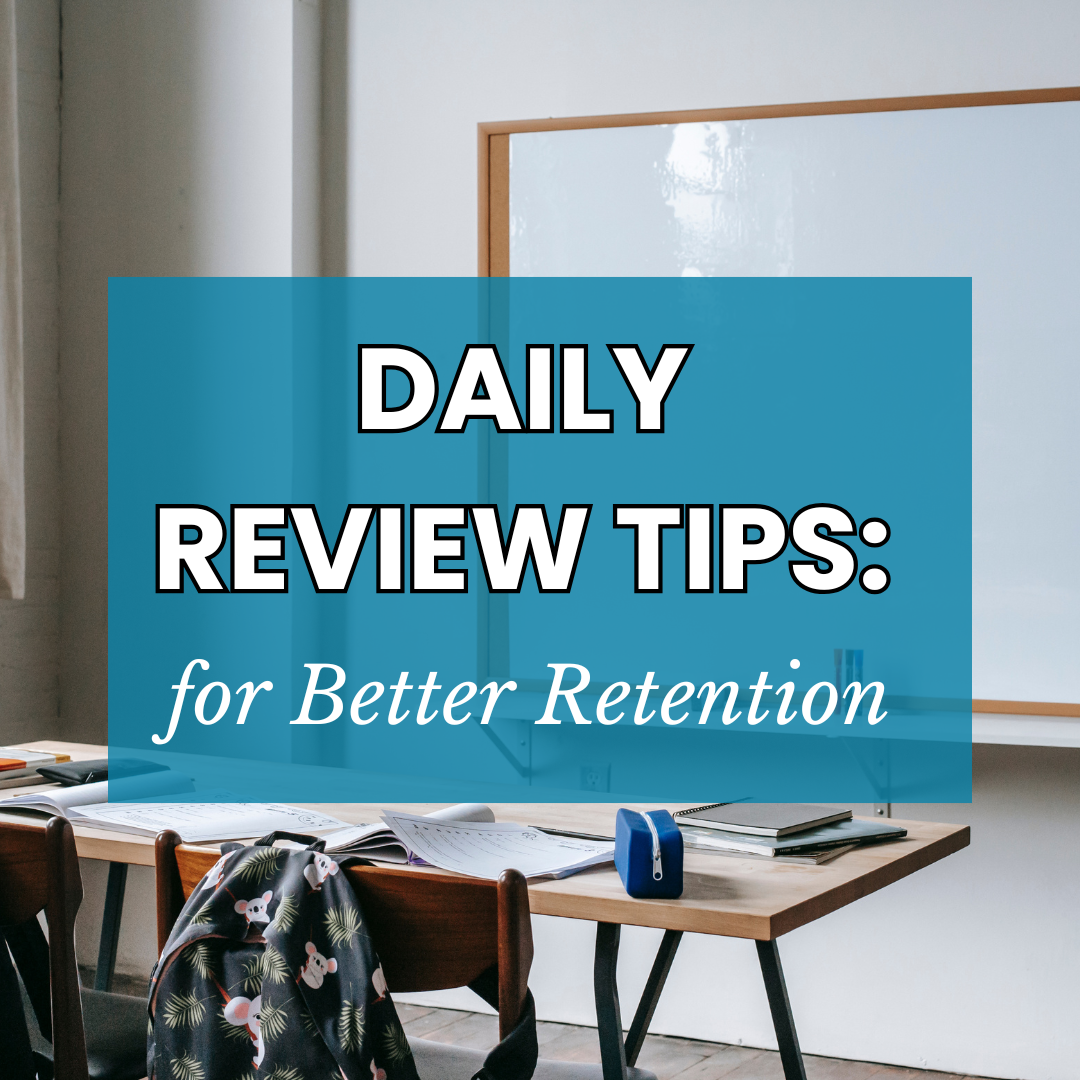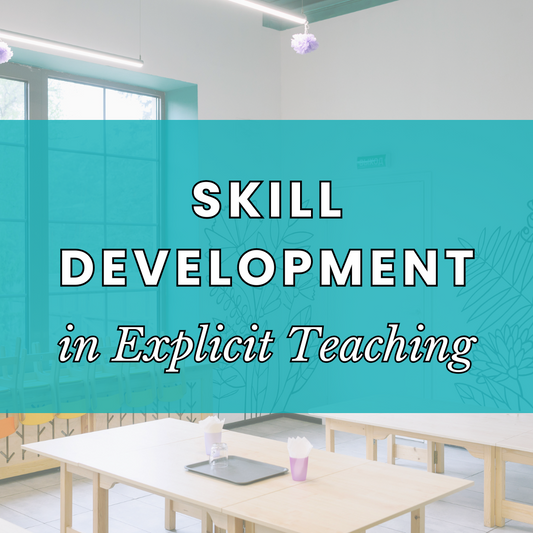
Daily Review Tips for Better Retention
Share
In every classroom, ensuring that students retain and apply what they’ve learned is a constant challenge. Daily Review, when paired with explicit teaching strategies, becomes a game-changer. While explicit teaching focuses on clearly demonstrating a skill or concept scaffolding, the addition of sequenced and spaced practice through Daily Review takes learning to the next level. This combination not only develops fluency and boosts confidence but also improves overall student outcomes by reinforcing knowledge over time in a purposeful and structured way. In this blog post, we’ll explore actionable Daily Review tips, how it works, why it’s so effective to help you maximise retention and student success in your classroom.
What is Daily Review?
Here is an example of a Daily Review Slide:

Why Use It?
-
Builds Fluency
- Consistently revisiting taught material helps students develop fluency, allowing them to recall and apply skills more easily. This is particularly important for foundational concepts, such as basic maths facts, spelling patterns, or grammar rules.
-
Prepares for New Learning
- By reviewing prerequisite skills in a planned and structured way, students are better equipped to engage with the day’s lesson. This ensures that gaps in understanding don’t hinder progress.
-
Boosts Confidence
- When students revisit and successfully apply previous knowledge, they feel a sense of achievement. This confidence not only improves their attitude toward learning but also motivates them to tackle new challenges.
-
Improves Long-Term Retention
- The spaced repetition inherent in Daily Review reinforces learning over time, making it easier for students to retain and recall information when they need it most.
Daily Review Tips
Here are some strategies you can use for better student retention:
Keep It Short and Focused
Limit your review to 5-15 minutes to maintain engagement and maximise efficiency. Overloading students with too much recall in the form of questions can diminish the benefits.
Plan and Sequence Your Review
Avoid random questions or exercises. Instead, use a structured cycle to revisit previously taught material in a logical and purposeful way. Align the review content with the pre-requisite skills needed for that day’s lesson.
Directly Align with Learning Intentions
Ensure that Daily Review activities directly relate to the learning intentions of your previously taught skills. The activities should mirror those completed during previous lessons, using the same methods and formats. Avoid introducing new or unrelated activities that students haven’t been taught. Instead, reinforce and practise the exact skills aligned with your learning objectives within previous and current units. This consistency strengthens understanding and builds confidence.
Incorporate Recite, Recall, and Apply
A helpful approach for theory-heavy subjects like science or geography is the Recite, Recall, and Apply method. Have students recite key definitions or concepts, recall them independently, and then apply them in a practical context. For example, after reciting the definition of photosynthesis, ask students to recall it from memory and then apply it to explain a real-world example.
Use Rapid Question-Answer Formats
Responses from students during Daily Review should be quick and efficient. Avoid time-consuming tasks like writing paragraphs or detailed responses. Instead, use rapid-response methods such as multiple-choice questions (A, B, C, D), true/false, yes/no, agree/disagree, fill-in-the-blanks, or identifying correct versus incorrect answers. These short, simple prompts keep the review moving and allow you to cover more material in less time. Using tools like response cards or question-and-answer templates can streamline this process further, making the review flow smoothly and keeping students engaged.
Do the Daily Review First
The placement of the Daily Review is crucial. It should be the very first thing you do at the start of the lesson, before discussing the learning intentions or introducing new content. Starting with the Daily Review ensures that students have the necessary knowledge and confidence to engage with the day’s objectives. This establishes a strong foundation for the lesson and keeps learning focused and cohesive.
Focus on Application
While recalling facts is important, the true value of Daily Review lies in applying knowledge. Encourage students to solve problems, answer questions, or engage in quick activities that use the skills they’re revisiting. This not only deepens understanding but also makes the review more interactive and engaging.



